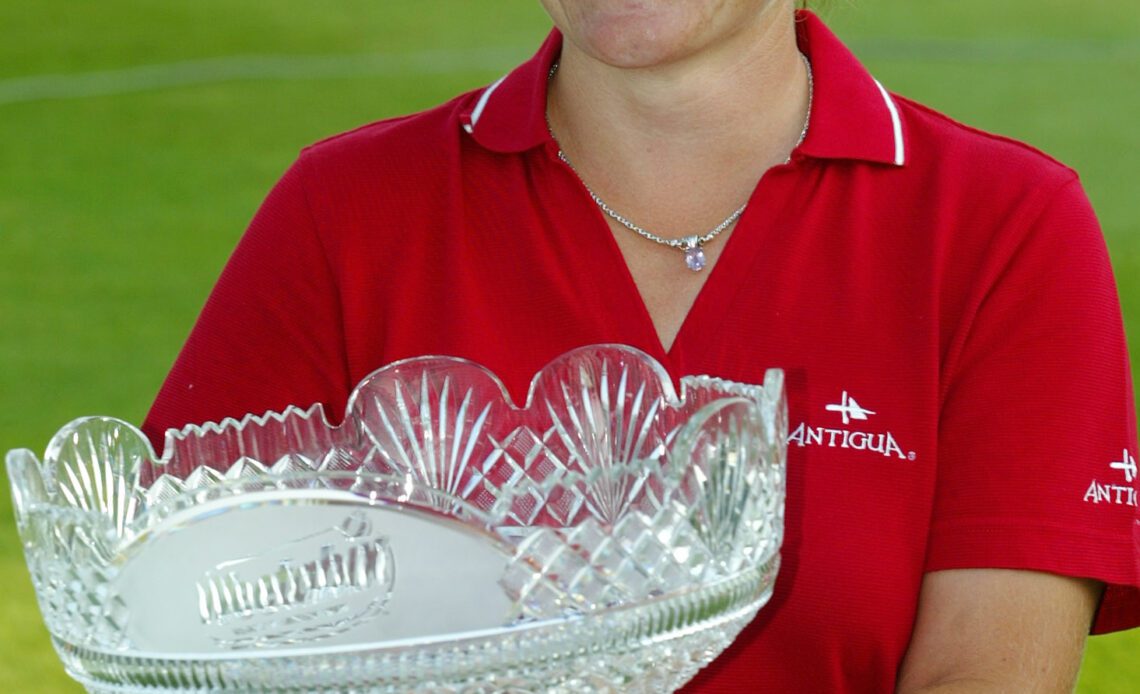For Karen Stupples, the symptoms of Graves’ Disease came on nightmarishly fast at the start of 2023. First a hand tremor. Then a shakiness in her legs that felt like she’d been doing lunges for hours. There was a nervousness in her stomach, too, and a weakness so profound that she couldn’t lift a frying pan. Everything felt like it was moving faster than usual, even the words tumbling out of her mouth.
In late January, Stupples’ resting heart rate stayed around 150 for a full week. She went to the hospital.
“I’m not sure she got an answer that first trip,” said Jerry Foltz, Stupples’ partner who also works in golf broadcasting. “They thought she was diabetic and told her not to eat any carbs for two months.”
Three weeks later, Stupples was back at the same hospital, where she was ultimately diagnosed with Graves’ Disease, an autoimmune disorder of the thyroid, a butterfly-shaped gland in the front of the neck. Thyroid hormones control the way the body uses energy and impact nearly every organ in the body. Graves’ Disease causes the gland to make more thyroid hormones than is necessary, which speeds up the way the body functions, according to the National Institute of Diabetes and Digestive and Kidney Diseases, which estimates nearly 1 in 100 Americans are impacted by Graves’.
With the help of new medication, Stupples, an LPGA major winner who spent more than a decade on tour before getting into television, went back on the road to Arizona last spring for the LPGA Drive On Championship. She first went to Tucson to spend a few days with Foltz, who worked the LIV Golf event there, before driving north to Phoenix.
After dinner one night in the desert, Stupples felt shaky again and wound up back in the E.R., where there were concerns of a life-threatening thyroid storm. They kept her there for three days and diagnosed her with also having Thyroid Eye Disease. After an endocrinologist in Phoenix significantly bumped up Stupples’ antithyroid medication dosage, the couple took five days driving home to Florida rather than risk a temperature spike while in the air.
“When I was going through it, it literally felt like my life was ending,” said the 50-year-old Stupples of those early days with the disease. “I couldn’t see a pathway to feeling well again.”
England’s Karen Stupples holds the trophy following her victory in the Women’s British Open Golf tournament at Sunningdale, England, Sunday, Aug. 1 2004.
Desperate for…
..
Click Here to Read the Full Original Article at Golfweek…
